Exploring Ecuador’s Rugged Backcountry Aboard A Honda XRE300
Light, nimble and dead simple—perfect for tackling South America’s diverse terrain.
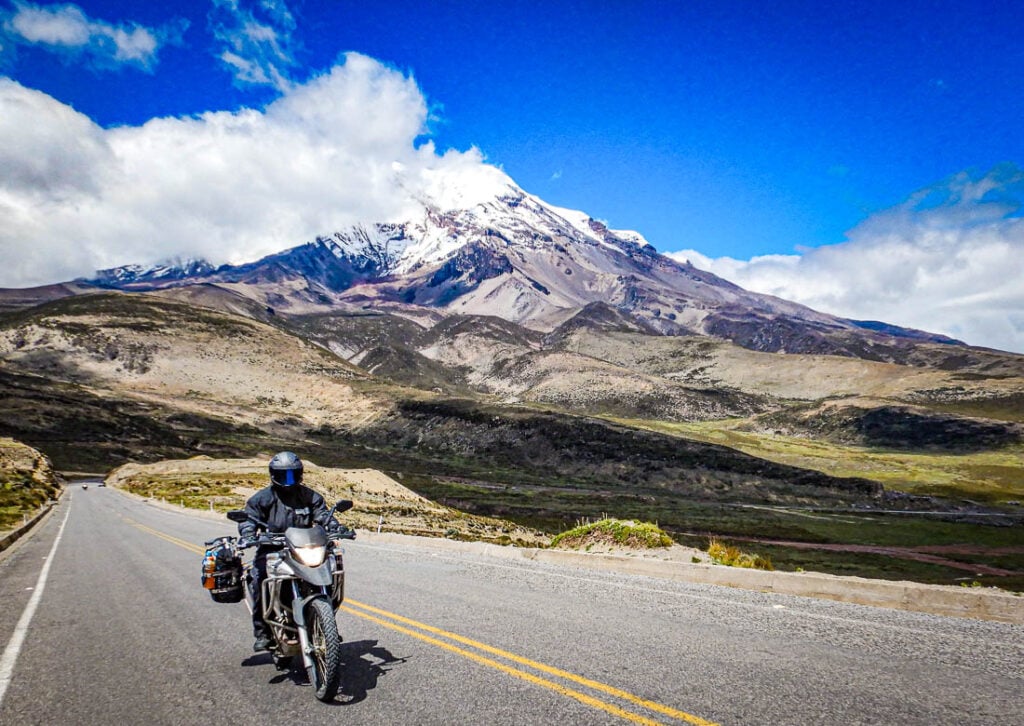
Stuck in Quito, waiting for a part for my partner’s BMW F650GS to arrive from Munich, we were suffering a frustrating case of itchy feet. That’s the trouble with traveling on a motorcycle that none of the locals ride. While my partner had picked up some online work to keep him busy, I’d been killing time with bike maintenance, making use of Ecuador Freedom Bike Rental’s generous offer to let me use their workshop. Passionate about all things motorcycle travel and Ecuador exploration, these guys love to help out all nomads on two wheels, customer or not, and I’d become good friends with them.
So when they invited me to join their upcoming Cloudforest, Coasts and Craters tour, I was super excited to take part. Not only would I finally be hitting the road again, but I’d benefit from their expertise on all the best routes to take and places to visit. This particular tour, which can be done either guided or self-guided by GPS, is an intermediate ride, which explores the country’s volcanoes, mountains, and coastline on a mix of paved and unpaved roads. I was especially looking forward to visiting the traditional communities living in far flung places, and to the promise of swiss cheese. With nothing but queso fresco and rubbery queso seco in the last year of traveling through Central America, I was craving the good stuff; and on the itinerary was a town where they produce gouda, tilsitter, and gruyere!
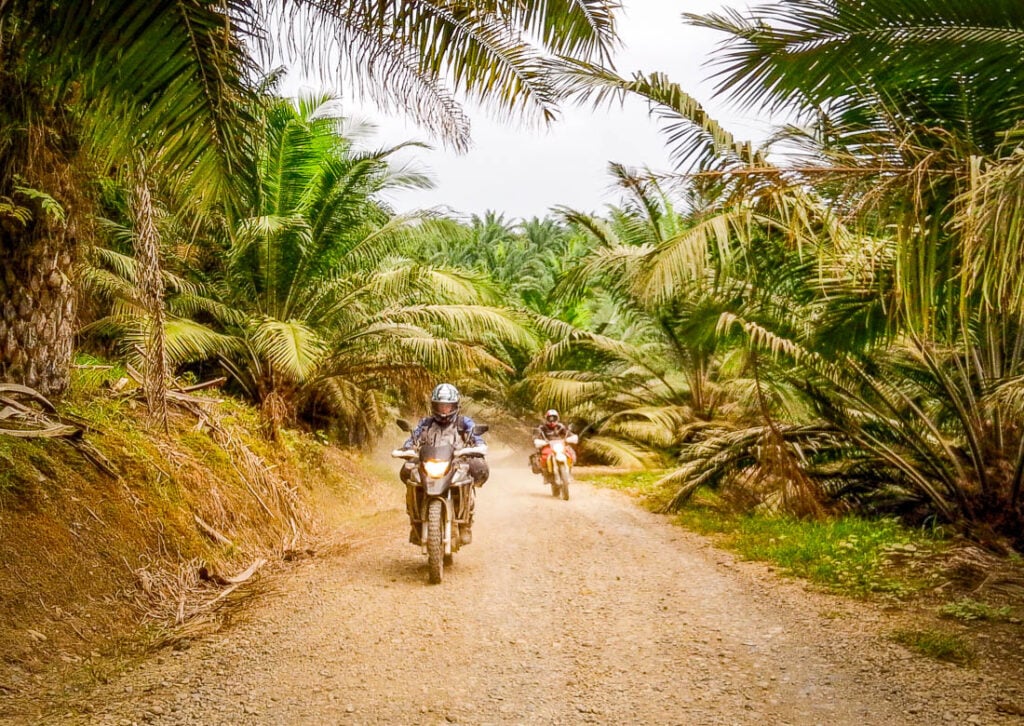
There was only one problem: which bike to ride? My Honda NX250, which I’d just ridden from Canada to Ecuador was travel worn, and I didn’t want to hold up the group with potential breakdowns. Luckily, I discovered they had just added a Honda XRE300 to their stable—a bike similar in size to the NX I was used to. The Brazilian-manufactured dual sport is popular around South America, and I had seen quite a few of them around, so parts would be widely available. It’s an affordable, wonderfully simple bike without fussy electronics, just the way I like them. With its 21-inch front and 18-inch rear wheels, and an ample 10.2-inch ground clearance, it would be off-road capable. But that also means a seat-height of 33.9 inches – quite a bit taller than the little NX.
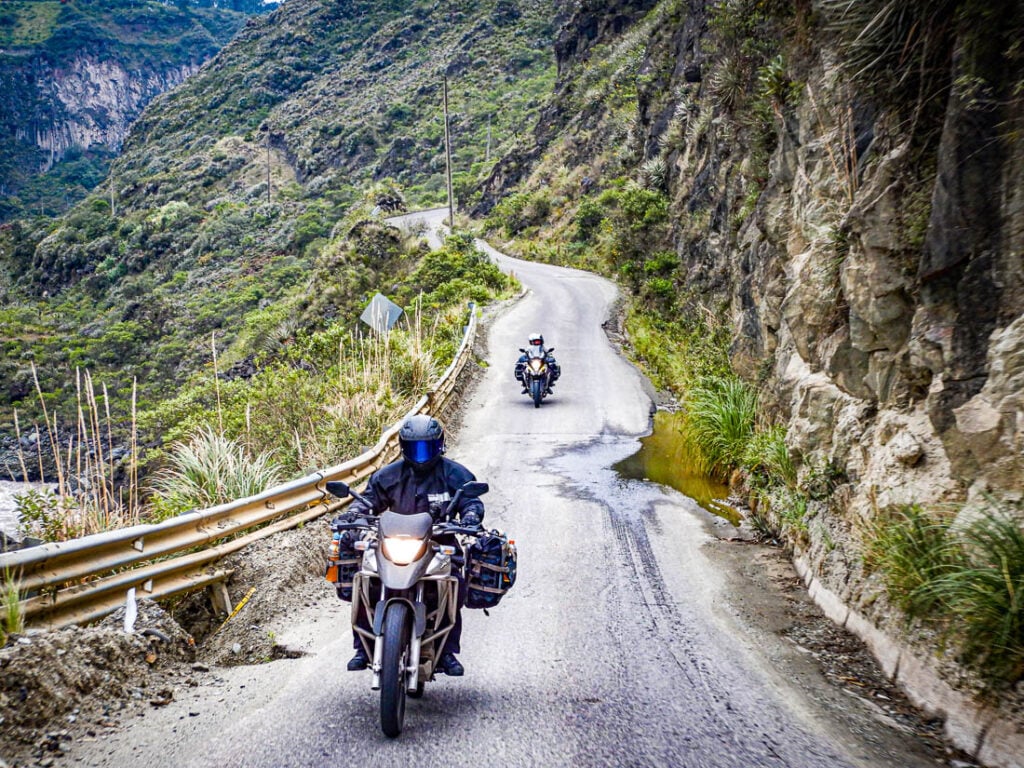
With my confidence in jeopardy as my toes barely reached the ground, and the small 291cc air/oil-cooled single producing just shy of 26 horsepower, would I be able to keep up with the group? On a good day, my NX reaches about the same number, but my partner often leaves me far behind on his F650GS… There was no use worrying though; I’d committed, and I was going to make it work. After all, with a curb weight of a mere 346 pounds (157kg), mine was the lightest bike in the group; and that should count for something.
We all arrived early to load our steeds. The XRE was so new, it hadn’t been covered in the branded protective decals yet, and I was keen not to drop it, or scratch it up. But the team had fitted all the Ecuador Freedom standard stuff, like the electronic toll pass, a GPS tracking system, doubletake mirrors, brand new Motoz Tractionator Adventure tires, and a waterproof luggage system. So it was ready to go.
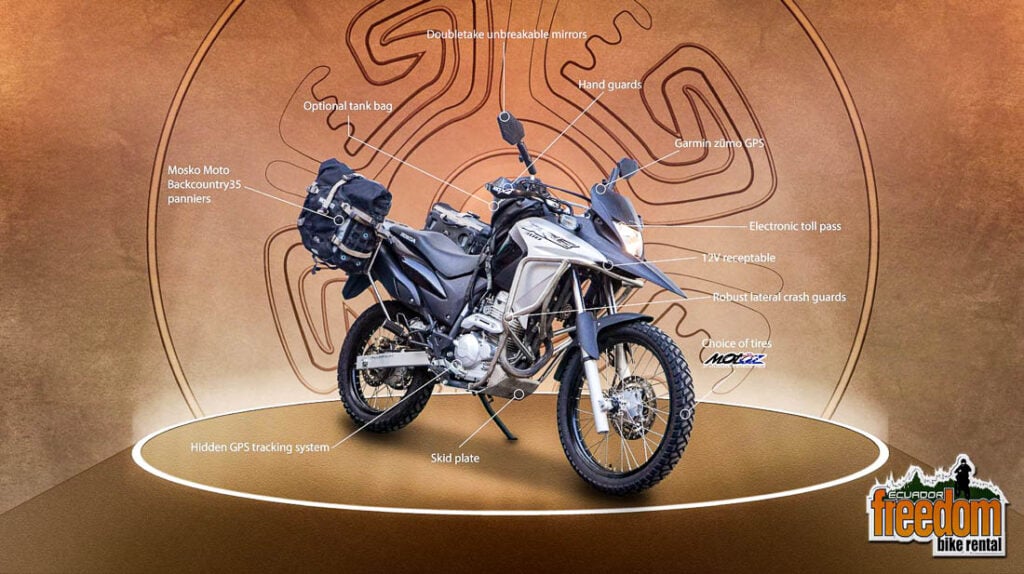
After a morning of acquainting ourselves with the strange-to-us bikes on smooth asphalt, we hit a slightly damp, hard-packed gravel road along overgrown slopes interspersed with little waterfalls. And just as we all thought it was a bit too easy, the muddy mess of a mini landslide appeared out of nowhere, as they are prone to do in Ecuador. To my relief, we all seemed well-matched in our riding abilities, none of us standing up on our pegs, all paddling our way through. Despite the height challenge, I found the XRE effortless to maneuver; only rider inability holding it back. With this mini baptism of fire, my confidence grew. This bike proved to be very capable, nimble and light, and it would be able to handle anything Ecuador could throw at it.
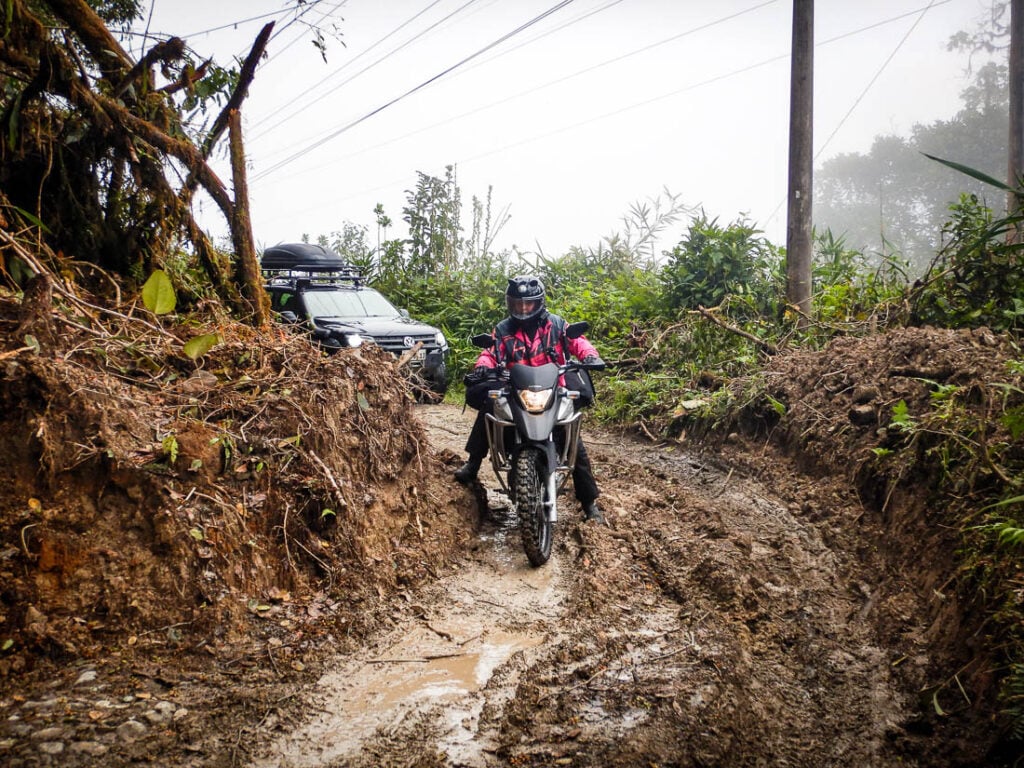
Each day, I was looking forward to the riding almost more than to the experiences the tour had scheduled for us. The XRE easily kept up with the bigger bikes. On the perfect tarmac twists through fruit orchards and palm groves, I was by no means the slowest, leaning low and flying round the bends. And on the dirt roads the guide driving our support vehicle commented how I was revving the engine so hard, he could hear it through the intercom. Whoops! Well, it didn’t feel like the XRE was straining under the effort, racing past the group to set up ride-by photo shoots, then catching up with them again after the last rider had gone past the lens.
On the wet, puddle-strewn dirt roads in the cloud forest, the XRE was in its element, almost like it enjoyed the constantly changing terrain of protruding rocks, puddles and water crossings, as we swerved around pigs on the loose, and squeezed past a trundling bus laboring towards us. But the real test would come on the long, all off-road day.
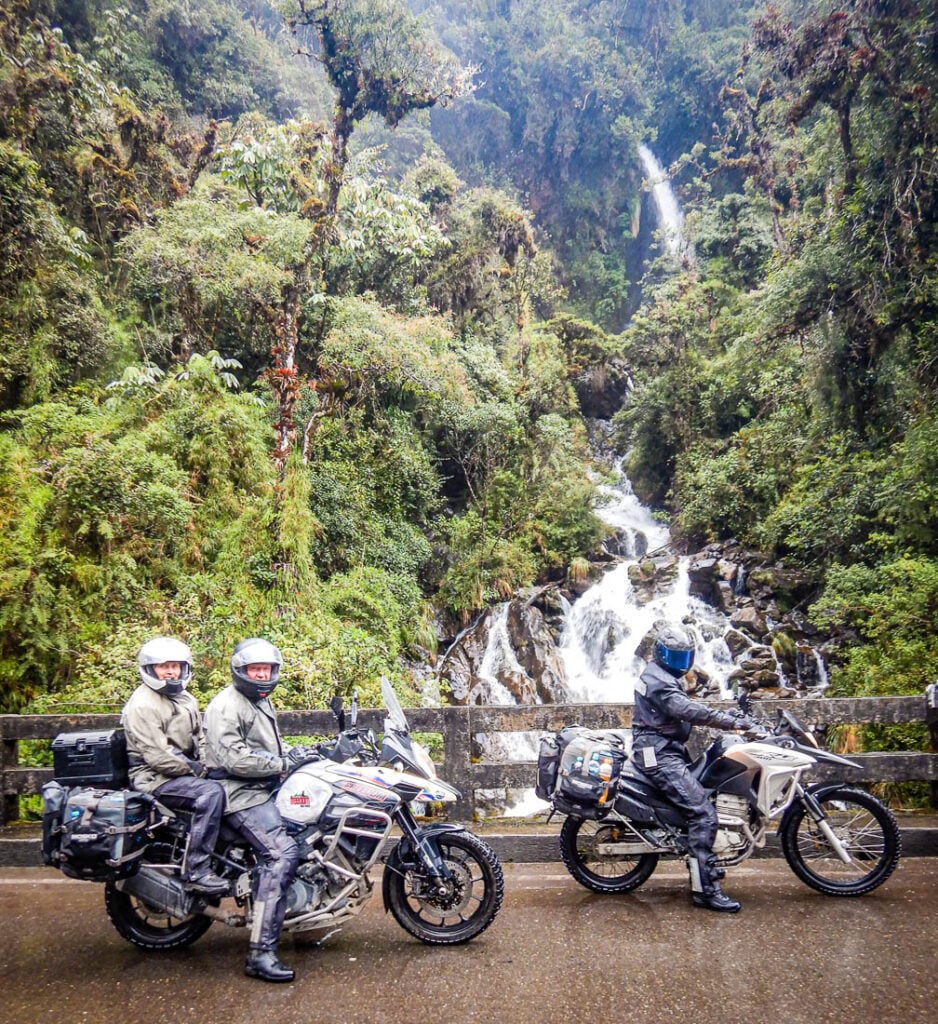
Thanks to the close knit connection with the local communities maintained by our guides, a quick phone call ahead confirmed that the rutted dirt road through undulating hills decked in fruit plantations was dry again after a few days of torrential rains. The road may have been passable, but repair works were underway, creating a steep descent of loose, sharp gravel on one side, followed by an even steeper ascent of as yet untouched, bike-swallowing, clutch-burning sandy ruts on the other side. This is where such a light bike with enough power and traction to simply tractor along comes in handy.
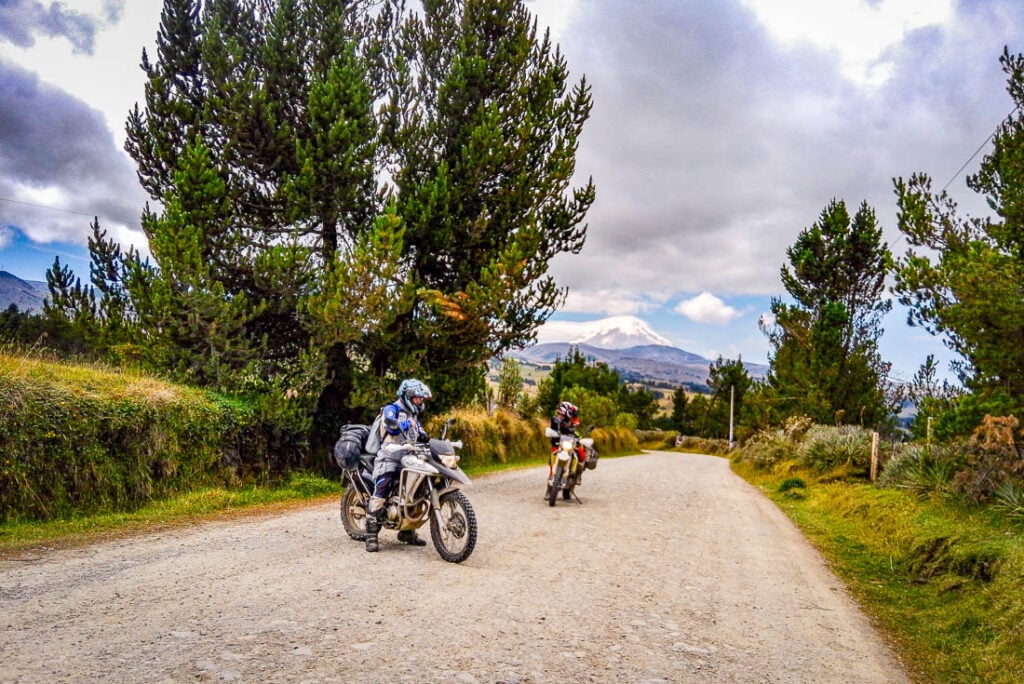
Well for the guide, not me exactly. Not trusting my own skills and not wanting to scratch up the brand new XRE, I took the guide up on his offer to ride the bike up the hill for anyone not feeling up to it. He made it look unchallenging, and I immediately regretted not having given it a go. So when the next lot of uphill ruts came along, I went for it. The little Honda really did make it that easy, nimbly following my chosen line, passing the section no sweat.
That day was one of my favorites on the trip, not only, because of all the off-road fun, but also because of our unique culinary experience. Far away from anywhere, there were no restaurants here, but we had a treat waiting for us. Years ago, when a tour group tucked into their packed lunch, a lady arrived with fresh fruit and homemade lemonade. Her family have since become good friends with the Ecuador Freedom team, inviting each tour into their humble wooden house, to join them for a hearty meal. They enjoyed stories from our varied backgrounds as much as we did having a glimpse into their life on the citrus and banana plantations. And they were reluctant to let us leave, but we still had a lot of off-road miles to cover.
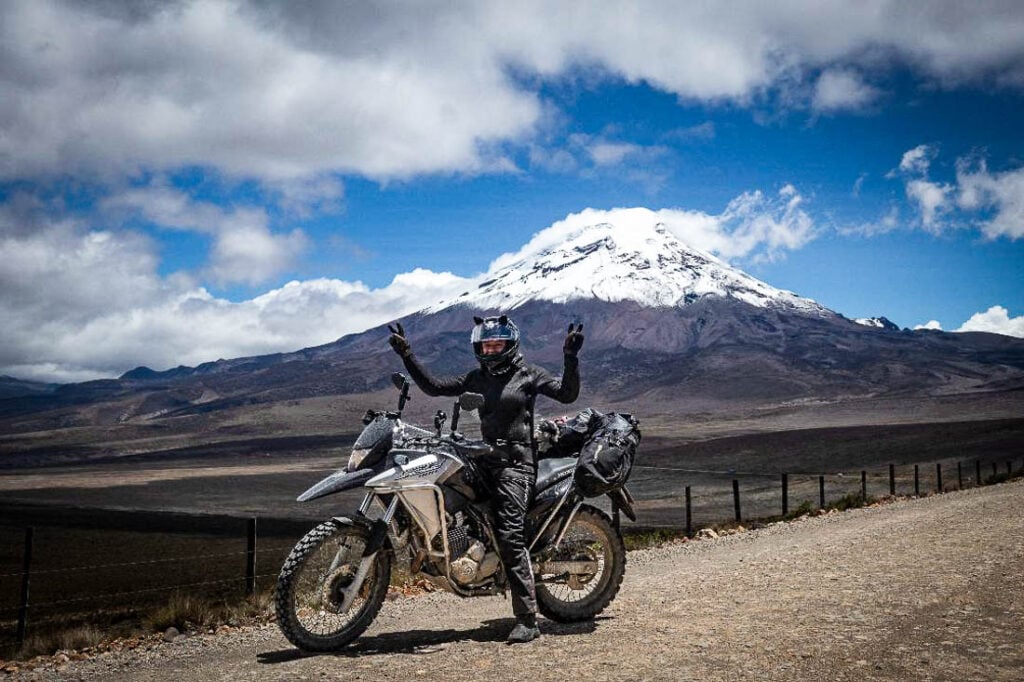
With the toughest day in terms of off-roading behind us, the hardpacked gravel roads around snow-capped Chimborazo was a worry-free blast to ride on the XRE. At over 20,500 feet the volcano is the highest mountain in Ecuador and higher than Everest, when taking into account the earth’s bulge at the equator. Not far from it, in a small village where llamas roam, we visited a school to drop off supplies that the tour members had brought as part of their Pack for a Purpose program, supporting remote communities and building lasting friendships. The kids’ faces lit up with excitement when a brand new ball bounced into their midst. They chased after it, the piles of pens and notepads forgotten for a moment, and it took the teachers a while to get them to leave their game and gather their instruments to perform a traditional carnival song for us as thanks.
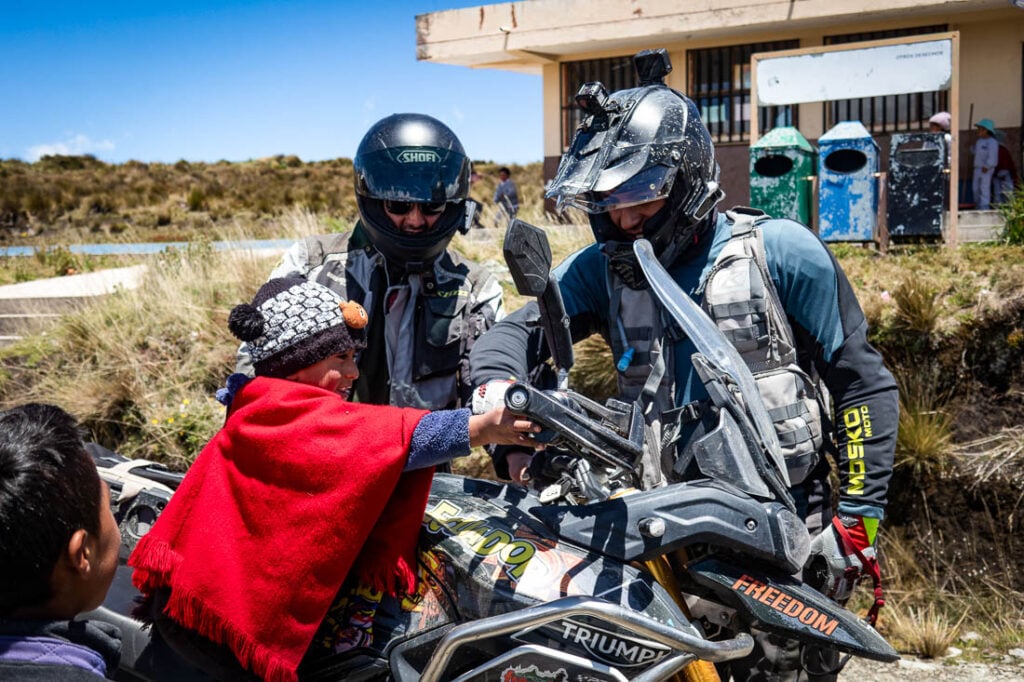
In South American cultures it’s close-knit community connections and personal relationships you build that play the biggest role in staying safe on the road. To be honest, I’ve never felt unsafe in all my travels around this country but a sense of belonging and feeling welcomed by the people was particularly strong during this ride and nothing is quite as special and deeply immersive as a local inviting you into their life. Over the years Ecuador Freedom have not only built valued relationships along their routes, but have also found the best adventures, the country has to offer, including a floating bridge that Google Maps doesn’t know about, and deserted beaches you can ride onto–another place the light XRE excels, flying across the sand.
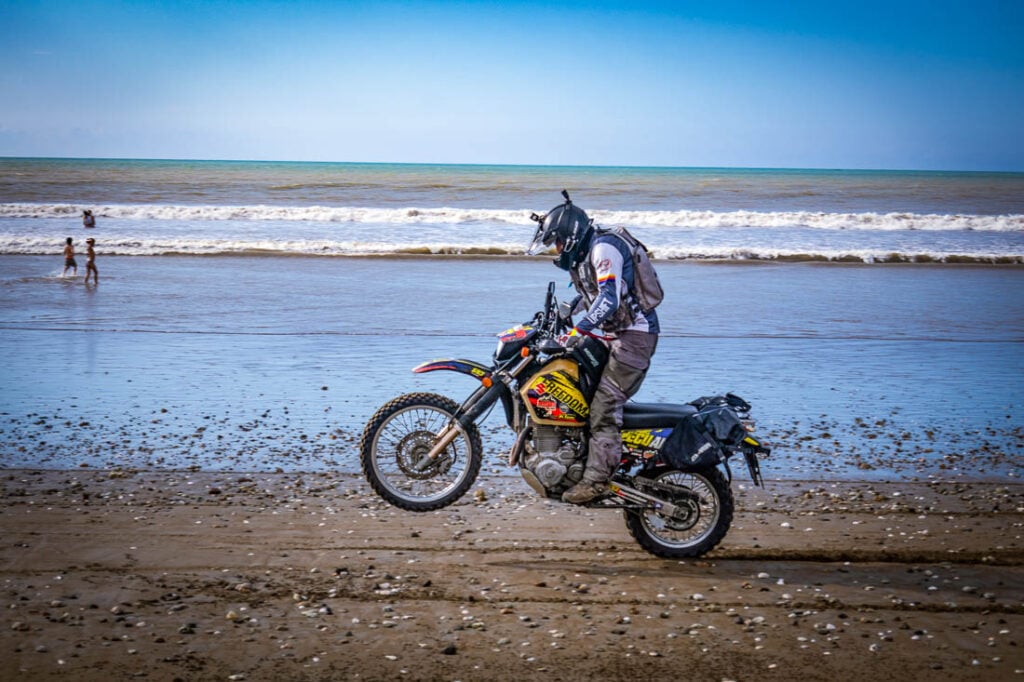
As it turns out, the Honda XRE300 was the perfect bike for exploring Ecuador. It costs less than the big bikes to rent, and it’s the one I would choose every time. Even loaded with luggage, it happily munches the miles on the asphalt. But more importantly, it is light and nimble offroad, capable of anything the unpredictable landscape might throw at it. But on the XRE it’s not just about the destinations, it’s about the unencumbered fun of the ride!
Photos by Maria Schumacher, Jhordy Carillo and Ecuador Freedom




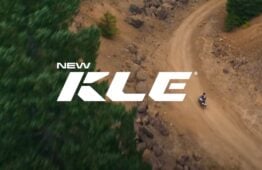
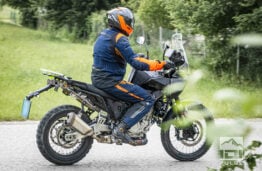

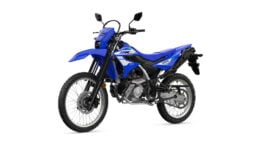
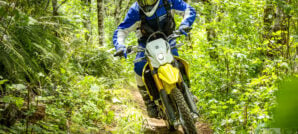
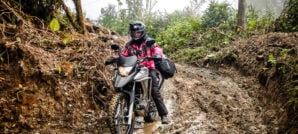
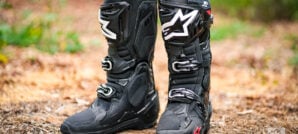
Notify me of new posts via email